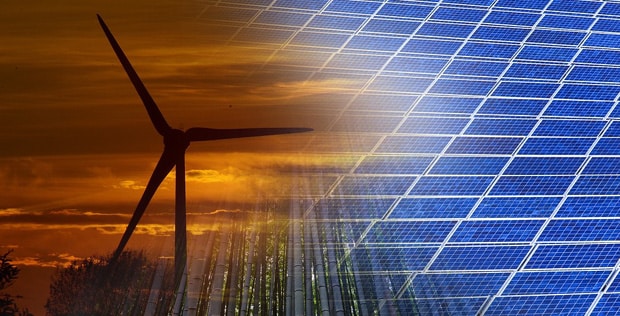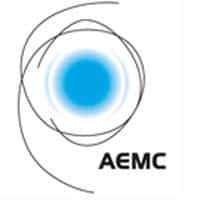The Australian Energy Market Commission (AEMC) is setting out new ways to achieve stable, low-emissions electricity.
In a discussion paper, the AEMC puts forward several recommendations to secure the nation’s power supply.
In summary, the paper supports measures to deliver secure, reliable energy to households and businesses.
It states that these goals must also meet commitments for reducing carbon emissions. In addition, it notes new technologies transform the way households and businesses use energy.
Also, renewable options like residential solar power and solar energy storage offer opportunities to sell power back to the grid.
The importance of low-emissions power in national grid
The roadmap helps market players harness opportunities arising from technological advances, AEMC claims. It follows COAG Energy Council suggestions made in December 2016.

The context of the paper is that Australia’s energy is being switched from central network to more local, distributed generation.
Consequently more wind and solar power options are available to domestic and commercial markets. In flux, retail electricity prices have consequently risen by around 20 per cent in many regions.
Generator retirements, higher gas prices and failure to set national emission reduction targets are driving upward pressure, the AEMC claims.
Recommendations for cohesive energy policy
The paper’s main suggestions include:
- Best price outcomes and affordability;
- Enhanced consumer engagement;
- Improved consumer protection;
- Secure, better controlled system;
- Effective regulation of monopolies;
- Demand response and distributed energy mechanisms;
- Coordinated investment in transmission and generation; and
- Effective leadership and governance.
The paper also calls for integration of Australia’s energy and emissions policy. This should be underpinned by a long-term, national emissions reduction policy.
As a result, clean energy technology is pursued and integrated into the national network.
According to AEMC, networks can then evolve and deliver ‘two-way energy flows’ which also benefit consumers as well as the grid.
As demand increases, support will grow for distributed energy resources like solar batteries.
In addition, recommendations are also in line with the COAG Energy Council’s strategic energy plan outlined by the Finkel Panel review.












































